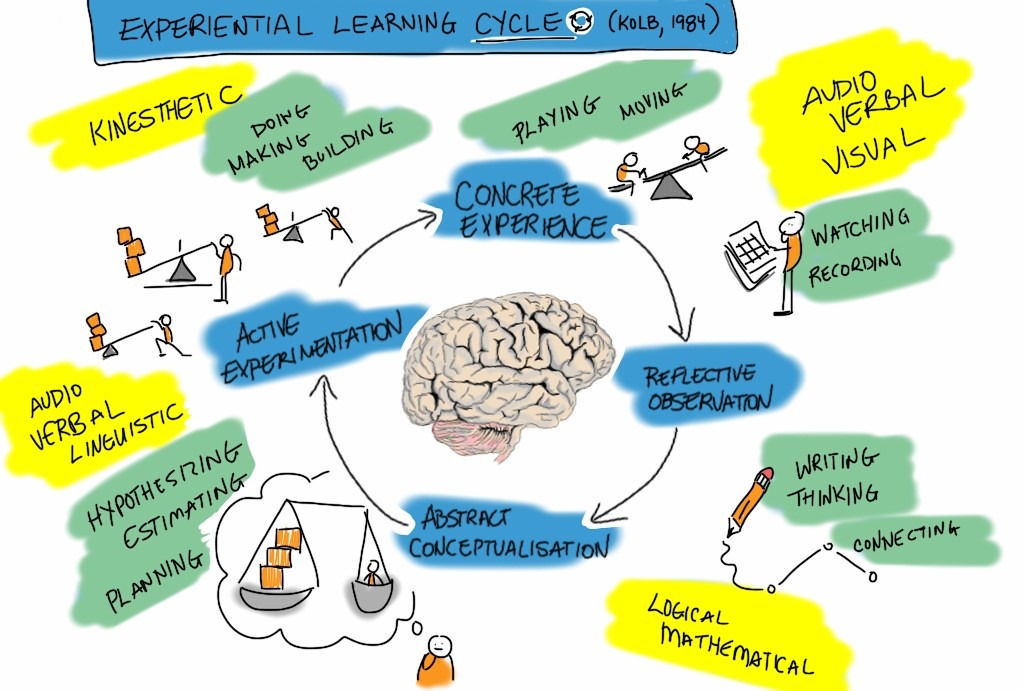What is experiential learning?
Experiential learning stems from developmental theories of Piaget, which argue that children are active learners, and construct knowledge on their own. Based on this, the experiential learning theory, in its essence, argues that children learn best when they experience and reflect on the things they’ve done, as they’re better able to conceptualise the knowledge in question. The knowledge acquired then also leads to relatively long-lasting behavioural changes.
Why is it needed in classrooms today?
Schools and classrooms today are largely responsible to help students be better equipped for their future workspaces, or give them the knowledge that helps them uncover their potential. In order to do so effectively, classrooms need to change the way they function.
This transformation can be brought by treating children as active learners who construct knowledge, instead of passive ones who just consume knowledge and information. Traditional teaching methodologies have proven to be inadequate in bringing about this change. Instead, experiential learning activities which are based on concrete experiences, provide a better basis for learning and reflection, thereby helping in bringing about the desired transformation.
Experience and reflection help students learn the required skills by actually performing them, and then thinking about their performance, to themselves understand what can be done better to be more proficient at the activity at hand; thereby increasing the procedural know-how of the skills in question.
How to implement this?
To ground it further, these outcomes can be executed in classrooms by implementing simple methods like pros and cons grids where after reading up on topics, children themselves are encouraged to make decisions regarding what part of it serves as an advantage and what part of it is a disadvantage. Students can be made to design test questions on their own, and there can be increased focus on peer study groups.
This would encourage understanding based inculcation of information, instead of understanding based on repetition.
The simple idea is to focus on collaboration within groups, allowing students to learn by social, observational learning. Incorporating communication, decision making, and conflict resolution skills within the classroom. This will help them be well equipped to perform the same skills at their future workspaces.
Conclusion - Benefits of ELT
Experiential learning activities today are being adopted by a large number of educational setups because of the benefits they entail. Moreover, it helps students grasp concepts, even the ones which are abstract in nature. What children learn has consequences beyond the classroom, which further encourages them to develop creative thinking, helping them understand the multiple solutions to problems. By incorporating concrete experiences with abstract concepts, and then reflecting on the outcome, students engage more regions of their brain and make stronger connections with the material.
Most importantly, by being active agents in their own learning, the learning process becomes more gratifying for students, making them more involved, and participative. It’s not just classrooms that are executing these activities today. B-schools, in their MBA programs too, are giving importance to experiential learning and making learning more holistic for their students.
Experiential learning in all classrooms across the globe has been showing better academic results within students, indicating that it is a more effective way of learning new concepts and gaining new knowledge.
